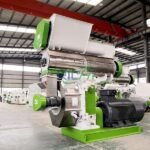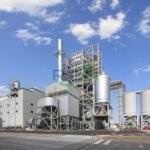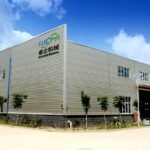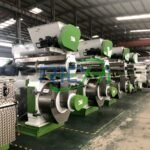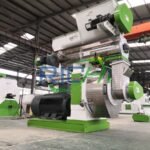The demand for cat litter has been on the rise, driven by an increasing number of pet owners and a growing awareness of pet hygiene. Establishing a cat litter production line requires a significant investment, but operating costs can vary greatly depending on the country. This article examines the countries with the lowest operating costs for cat litter production lines and the factors that contribute to these cost advantages.
Key Factors Influencing Operating Costs
Labor Costs
- High Labor Cost Regions: Developed countries like the United States and Western Europe experience higher labor costs, which impact overall operating expenses.
- Low Labor Cost Regions: Developing countries in Asia and Africa benefit from lower labor costs, leading to reduced overall expenses.
Energy Costs
- The cost of electricity and other forms of energy varies significantly by region, affecting both initial investment and ongoing operational costs. Countries with abundant energy resources or lower energy prices tend to have a cost advantage.
Raw Material Availability
- Proximity to raw material sources can reduce transportation and storage costs. Regions rich in natural resources necessary for cat litter production, such as bentonite clay, typically enjoy lower overall costs.
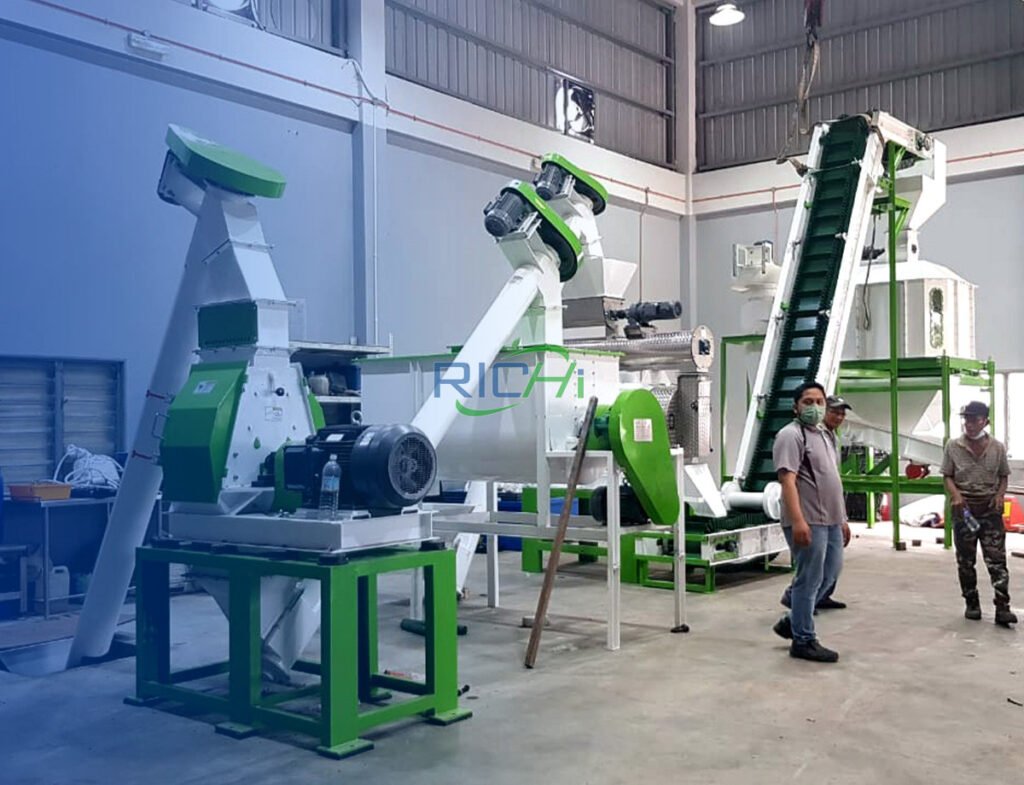
Regulatory Environment
- Stricter regulations in developed countries can raise costs due to additional compliance requirements. Countries with less stringent regulations may incur lower compliance costs.
Infrastructure and Logistics
- A well-developed infrastructure, including transportation and utilities, can contribute to lower operating costs. Conversely, poor infrastructure can lead to delays and increased logistics costs.
Government Incentives
- Some countries offer tax breaks, subsidies, or other incentives to attract investment in the manufacturing sector, further reducing costs. (Related post: cat litter making machine)
Countries with the Lowest Operating Costs
China
- Labor Costs: Relatively low compared to developed nations.
- Energy Costs: Competitive prices due to abundant coal and renewable energy sources.
- Raw Material Availability: Rich in bentonite clay, a key ingredient in cat litter.
- Regulatory Environment: Moderate regulations that support industrial growth.
- Example: Operating a cat litter production line in China can reduce labor and raw material costs by 30-40% compared to Western countries.
India
- Labor Costs: Extremely low, making it one of the most cost-effective regions.
- Energy Costs: Moderate prices, with increasing focus on renewable energy.
- Raw Material Availability: Abundant resources, including bentonite clay.
- Regulatory Environment: Improving but still less stringent than in developed nations.
- Example: A cat litter production line in India could save up to 40-50% on labor and raw material costs compared to the US or Europe.
Vietnam
- Labor Costs: Low, similar to other Southeast Asian nations.
- Energy Costs: Competitive prices, with growing investment in renewable energy.
- Raw Material Availability: Access to natural resources needed for production.
- Regulatory Environment: Business-friendly regulations with incentives for manufacturing.
- Example: Operating costs in Vietnam can be 30-40% lower than in Western countries due to reduced labor and energy expenses.
Brazil
- Labor Costs: Moderate, lower than in North America and Europe.
- Energy Costs: Relatively low due to abundant hydroelectric power.
- Raw Material Availability: Rich in natural resources, including bentonite clay.
- Regulatory Environment: Moderate regulations that support industrial activities.
- Example: Brazil offers a cost advantage of 20-30% in operating expenses compared to developed countries.
Turkey
- Labor Costs: Moderate, lower than in Western Europe.
- Energy Costs: Competitive prices, with a mix of fossil fuels and renewables.
- Raw Material Availability: Abundant bentonite clay, essential for cat litter.
- Regulatory Environment: Business-friendly with incentives for manufacturing.
- Example: Operating a cat litter production line in Turkey can be 20-30% cheaper than in Western Europe due to lower labor and raw material costs.
South Africa
- Labor Costs: Relatively low compared to developed countries.
- Energy Costs: Moderate prices, with an increasing focus on renewable energy.
- Raw Material Availability: Abundant resources, including bentonite clay.
- Regulatory Environment: Moderate regulations that support industrial growth.
- Example: South Africa offers a cost advantage of 20-30% in operating expenses compared to developed nations.
Detailed Cost Breakdown
To gain a better understanding of the cost differences, let’s break down the major components involved in operating a cat litter production line:
- Labor Costs (30-40% of total operating costs)
- Lowest in India and Vietnam.
- Highest in North America and Western Europe.
- Variation of up to 50% between the lowest and highest regions.
- Energy Costs (20-30% of total operating costs)
- Lowest in countries with abundant energy resources like Brazil and China.
- Highest in countries with elevated energy prices, such as Western Europe.
- Variation of up to 30% between the lowest and highest regions.
- Raw Material Costs (20-30% of total operating costs)
- Lowest in countries with abundant natural resources like China and Turkey.
- Highest in countries that need to import raw materials.
- Variation of up to 25% between the lowest and highest regions.
- Regulatory Compliance Costs (5-10% of total operating costs)
- Lowest in countries with less stringent regulations like India and Vietnam.
- Highest in countries with strict regulations like the US and Western Europe.
- Variation of up to 20% between the lowest and highest regions.
- Logistics and Infrastructure Costs (10-15% of total operating costs)
- Lowest in countries with well-developed infrastructure like China and Brazil.
- Highest in countries with poor infrastructure.
- Variation of up to 15% between the lowest and highest regions.
Conclusion
Operating costs for a 1-2t/h cat litter pellet production line can vary significantly across different countries, with differences of up to 50% or more between the lowest and highest-cost areas. Countries such as China, India, Vietnam, Brazil, Turkey, and South Africa generally provide the most competitive operating costs due to lower labor expenses, competitive energy prices, and abundant raw materials.
When considering establishing a cat litter production line, it is essential to conduct a thorough analysis of specific locations within each region, as local factors can greatly influence the final cost. Additionally, potential investors should consider long-term operational costs and market potential, rather than just the initial investment.
By carefully evaluating these regional differences and implementing cost-optimization strategies, investors can make informed decisions that balance initial investments with long-term profitability in the dynamic cat litter production industry.
